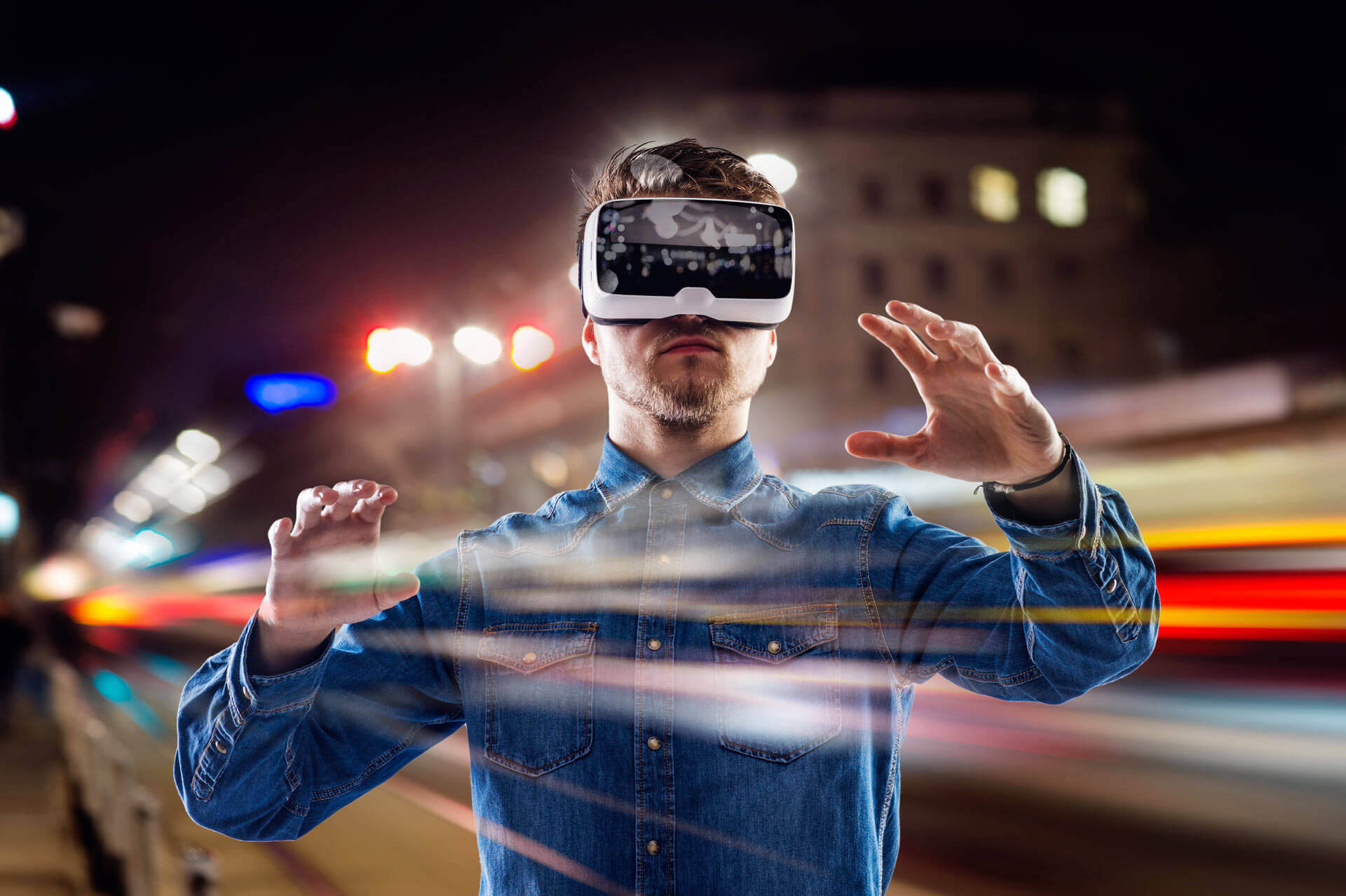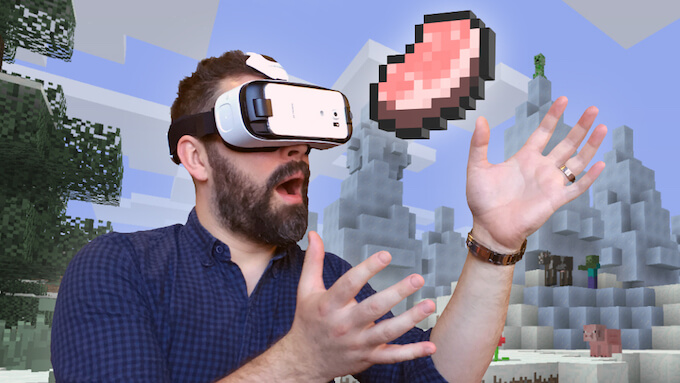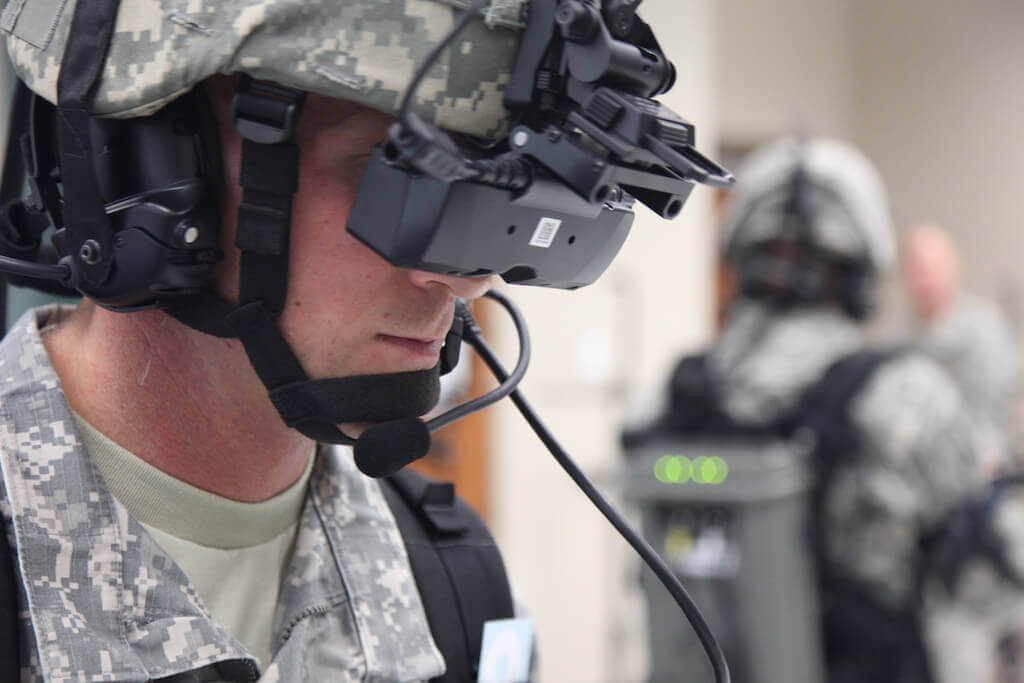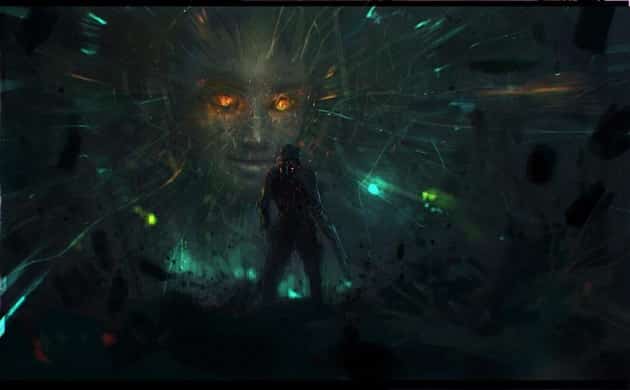Virtual Reality and Internet of Things are playing major roles in the industry and consumers lives. On one hand, IoT is making our lives more connected than ever and on the other, we can do many incredible things with Virtual Reality.
With both these technologies having great potential to transform many sectors, in this article, we inspect how these technologies can play together for the greater good.
Now that these technologies have individually proved their mettle, the entire Tech industry votes that IoT and VR have a crucial role to play in the coming years. This is clear from the exponential rise in companies betting on these technologies.
In 2016 alone, an estimated $4 billion was invested in IoT space technologies with the biggest player being Magic Leap. Similarly, in the VR space too investments are flooding in and VR market is expected to value $20 billion by 2020.
IoT and VR combined represent a new ecosystem of user interaction along with creating new storytelling opportunities.
However, though it may be surprising, these two technologies are similar and different at the same time. Both these technologies are our best hope to merge the physical and digital worlds.
While VR is about recreating a real world through digital means, IoT deals with accessing physical world digitally.
This creates that elegant point of intersection of these technologies opening up new possibilities packed with the virtues of both technologies.
Difference Between Virtual Reality and Augmented Reality (VR vs AR)
VR is a computer-generated projection of a world… AR is technology that adds digital objects into the physical world. Virtual Reality and Augmented Reality are both
VR and IoT are playing a mega role in modernizing workplaces. For millennials especially, this transformation has become one of the important factors in improving productivity.
Industrial IoT is already proving to be significant in various industries. Experts believe that VR has a similar potential to augment workforces.
The combination of VR and IoT means that telepresence will now be a reality. Conventional video conferencing much likely may become obsolete with virtual face-to-face interactions becoming the norm. In the future, our kids will attend meetings while commuting, there’s no doubt about that.
VR and IoT Will Save Lives
In a series of articles we have published recently, we showcased how VR Pain Relief is revolutionizing healthcare.
A quick Google search will enlighten you on the role IoT is playing in this field. Both these technologies will save lots of lives and at the same time decrease suffering.
Innovations like Da Vinci Surgical System which uses a tiny camera and precision surgical tools has significantly reduced the need for large incisions.
The surgeon gets to insert a tiny camera along with tools via a small opening in the body and gain a complete view of affected area without having to subject the patient to large incisions.
10 Reasons Why Virtual Reality is Far More Than Just Games
Virtual Reality has huge potential in many sectors. For those who think VR is only about gaming, here are 10 areas where VR matters-Healthcare, Meteorology,
IoT and VR allow a test run using such systems on a virtual patient. As of now, these are contributing in improving efficiency through better training and practice for surgeons.
In the near future, we might also expect to see surgeons performing VR surgeries to a patient in the remote corner of the city from their rooms.
If at all there are any barriers we can see preventing this is the speed of Internet connection and a little educating of all these possibilities to people.
However, without a doubt, the future looks bright for VR and IoT and it surely is the best time to invest time and effort into these spheres.




